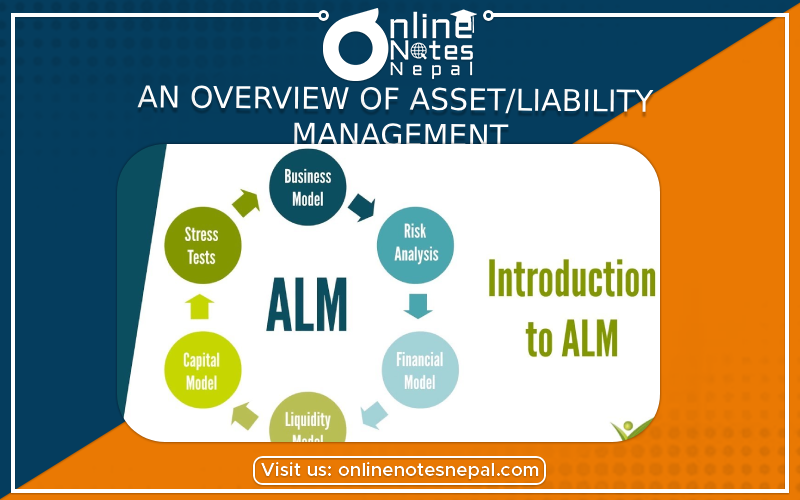Published by: Anu Poudeli
Published date: 16 Jul 2023

Asset/liability management (ALM) is a critical financial management approach that firms, banks, and other institutions use to successfully manage their assets and liabilities in order to maximize profitability, liquidity, and risk. It entails the strategic coordination of assets and liabilities in order to maintain a company's financial health. This introduction will provide you a basic understanding of ALM and its essential concepts:
Asset/Liability Management (ALM) is defined as:
Asset/Liability Management is the process of balancing an organization's assets and liabilities in a way that matches with its overall financial objectives, risk tolerance, and regulatory obligations. The fundamental purpose is to maximize profits while managing interest rate risk, liquidity risk, and credit risk.
ALM's goals are as follows:
ALM components include:
ALM in Various Institutions:
ALM's Challenges:
Finally, asset/liability management is a key financial strategy that assists businesses in properly managing their assets and liabilities in order to achieve financial goals while limiting risks. Institutions can improve their stability, profitability, and overall financial health by implementing a well-balanced ALM plan.